Karima Moyer-Nocchi, author, historian, cook and runner came up on my radar when I saw her book Chewing the Fat: An Oral History of Italian Foodways – From Fascism to Dolce Vita. It’s a truly unique book. She kindly agreed to answer a range of questions for us on Stir the Pots.
Are you a historian, cook or author, which most defines you?
I’m going to take that question chronologically.
I am a writer. I got the impulse to write when I was 10. By impulse I mean the calling, the beckoning. I kept a diary and wrote plays and poetry. I filled notebooks in the “Writing Down the Bones” sort of way. As Joan Didion said, “I don’t know what I think until I have written it down.” I live a writer’s life. It is both a transcendental experience and a muscle that needs to be worked to keep it strong and limber. When I write I spend a lot of time in “that space,” the writing space. It’s no nirvana. On the contrary, it is often more of a seething pit, frothing with anxiety. But that is also where I enter into ‘flow.’ It is where my life has meaning and purpose.
I am a cook. I got my first cookbook when I was six. I was enrapt. It was magical, but I never actually cooked anything from it. A few years later, I was completely engrossed with the Time-Life international cookbook series Foods of the World. And at this remove, I have discovered in conversation that a lot of other people had that same experience. An Australian friend of mine recently told me the same thing, so it went pretty far and wide. But I never cooked a single thing from it. That’s because I was not set free in the kitchen until I was sixteen, when my dad and step-mother divorced. But I never saw the cookbook set again. I’ve looked it up on eBay and would love to have it as part of my collection, but it’s rather out of my budget. Perhaps a kindly benefactor reading this will give me a hand.
In high school,I became an avid follower of Julia Child. I never missed an episode or rerun on our local public TV channel. She was hypnotic and hysterical at the same time, and of course the compliment to that was the parody of her on Saturday Night Live in the early 80s. Once I had free reign in the kitchen, I dove into The French Chef Cookbook. I had a fixation with France and everything French. My favorite class in school was French; I had a French pen pal and was in the French Club. I believe I have sufficiently labored the point. My dad, at this point in the thick of an ugly divorce, complained that I should learn to bake a chicken before making coq au vin, but I forged ahead. I am the forge ahead type. That is also when I started making bread (badly). People could have used my bread to lay the foundation to their house.
I spend a significant amount of my day thinking about food: Food history, what I am going to eat that day, what is growing on my terrace, my various fermented projects, including bread, flavor combinations, textures, shopping, cooking for other people, writing about food, reading about food, and keeping up a presence on social media – a necessary part of keeping a foothold in the food world.
I am a historian. I am a history junkie. People who groove on history experience it sensorially like time travel. It’s what Peter Jackson intended in the recent WWI documentary They Shall Not Grow Old. Or, for those of you who are old enough to remember, the Walter Cronkite series You Are There. But writing about history, being a historian is something else. You are not a custodian but a missionary whose task it is to shed light on the past so that it brings meaning to the present and allows us to shape the future with sensitivity and intelligence. The historian’s work is a weighty responsibility. In chronicling history, particularly social and cultural history (of which culinary history), the historian is charged with rendering a faithful portrayal of events, always vigilant of the personal and cultural filter that it passes through. For example, I have a left-wing perspective that could easily have brought a slant to Chewing the Fat, as it dealt with the fascist era. But the largess of food leveled the playing field. By making food the central issue, my interviewees eased into the discussion of the time period, and history unfolded without my needing to pry and tug – which might have led to manipulation. Food as a central theme also gave my reconstruction of history a meaningful framework, because there is nothing more essential: physically, culturally, spiritually – and politically.
You didn’t ask, but the other thing I am is a runner. Running is the binding force in my life, the element that brings the whole thing together. When I am out for my run, I remind myself who I am, what my values are. It is a metaphor that shapes my day: strong, constant, focused, or real, determined, resilient. I tend to pick three words when I go running. I run in the morning and then bring that spirit into both my writing and my food projects later in the day. I am not going to go gently into that good night.
You come from Ohio, how different is food in Ohio from Italian food?
Let me be more specific: I was raised in Toledo. For a time, Toledo had more restaurants per capita than any other city in the US. Most of it is awful, but one thing that characterized Toledo is that there was a lot of international food. I didn’t realize that that was not the case everywhere in the US until I moved to Northampton to study at UMASS Amherst. The lack of international food was disorienting for me. Where’s the food? But when I moved to Italy in 1990, whoa! This is a mono-culinary culture. Lots going on, but at the same time there is a strict culinary grammar, and until about five years ago experimentation was a negative – sure, unless you were in a really upmarket restaurant. Italy was scrambling to identify and pin down its ‘traditions’ and flexibility was not valued in that context. While that may sound romantic to tourists, when you live here it becomes repetitive and stifling. This is not a reflection of the evolution of Italian cuisine, which has always been characterized by flow and change. That is one of the impetuses that motivated me to start creating my own recipes from my perspective as an American-Italian immigrant. It is my contribution to the evolution of Italian cuisine, as immigrants have done for the last 2500 years. I live near the Tiber river and so I call them original Tiberian recipes. These creations are on my website, which is dedicated on the one hand to historical Italian cookery, and on the other to my own code-switching – or Tiberian – recipes.
Passato di cannellini with sage pesto and caramelized carrots
Ingredients:
500g dried cannellini beans
1 large stalk celery finely chopped
1 med onion finely chopped
4 tbsp olive oil
salt
carrots:
300g carrots, julienned (not grated)
50g butter
1 tsp salt
40g sugar
pesto:
30g fresh sage leaves
1 clove garlic
100g pine nuts
4 tbsp olive oil
40g butter
Instructions
Soak the beans overnight. Put in a pressure cooker and cover completely in water. Cook the beans until soft. It doesn’t matter if they are overcooked.
Meanwhile, prepare the carrots. put the butter in a wide non-stick skillet with the sugar and salt over high heat until it foams. Add the carrots and toss. As soon as the carrots start to show a bit of color, lower the heat to med high and continue cooking and tossing making sure they don’t clump. They are done when they start to caramelize and get brown specks.
In a large pot, sauté the celery and onion in oil about 5 minutes until soft taking care that they don’t brown. Add the beans and boil on medium heat for 20 minutes. Salt to taste.
Meanwhile, make the pesto. in whatever sort of machine you have to make pesto, process the sage, pine nuts, salt, garlic and olive oil together until as smooth as possible. Heat the butter in a small frying pan until foaming and add the pesto. Cook stirring occasionally until cooked and the pungent raw taste has settled. Remove from heat.
With an immersion blender, process the soup until completely smooth. Add water as needed but keep a very thick soup consistency.
Add 1/4 cup of the soup to the pesto and a bit of water so that it is a consistency that allows you to drip it from a spoon, about the same consistency of the soup.
Putting it together: ladle the soup into individual bowls. Spoon the pesto over the top in circles and drag a butter knife through so that it swirls into the soup but is still distinct. Neatly arrange the carrots in the center trying to keep the threads separate as possible. If desired, top with fresh pepper. It can be prepared a couple days ahead and reheated before serving.
This can also be served as a cold dish in the summer.
What does history and food tell us about Italian Cuisine today?
The main thing history tells us about Italian cuisine is that it evolves. It is not a miracle of culinary timelessness that makes for tidy commercial packages. That is an inconvenient truth; it is unpopular and ruins the romance that sells millions of products. There are some very dedicated crafts people doing fine work that is often based on a tradition of some duration. I love history, and I understand the function of mythologizing and the invention of traditions – or as Paul Freedman so elegantly put it ‘non-traditional traditions.’ Traditions give us a sense of continuity with the past. They anchor us and define the characteristics of a social group, which fosters a collective sense of self-worth. But foodways have always been in flux. Countries like Italy live in a push-me-pull-you culinary world between veneration of the past and a natural curiosity about other possibilities.
Every culture affectively needs and cultivates a certain degree of predictability in food, and communities and individuals then navigate the details of that in their own region/town/home. When gastronomic curiosity is challenged too far, curiosity gets pushed into the realm of disgust. I was taken to task about the title of my second book The Eternal Table – A Cultural History of Food in Rome. “What do you mean by Eternal?” the interviewer badgered, “I only see change?” Exactly, that’s the eternal part – the change. Admirers want to see stability, historians see alteration. Rome is the Eternal City because she does not die. She only reinvents herself over and over. Look at the Roman empire, the rise of Christianity, Mussolini. Some basic foodstuffs may remain the same but their meaning and use changes.
Take for example the Mediterranean triad of bread, wine, and oil – which moved lock stock and barrel from being a Roman value into the Christian liturgy. Outside influences also infiltrate – for example the arrival in 1870 of the House of Savoy to Rome. They brought with them their French-Piemontese traditions and set the bar for people of means. Most Italian cookbooks in the 19thcentury had the word “modern” in the title – and “tradition” was never mentioned. It was not a thing. With the rise of the middle class, people wanted to be in fashion, and the cultural epicenter was France. And yet that desire for modernity always goes hand in hand with a fear of the loss of traditions. The great ancient agriculturalist writers, including Pliny the Elder, harped on endlessly about the loss of mores and traditions, severing ties with their great Roman past as stalwart farmers. Push-me-pull-you. Modern globalization has accelerated the change, but history is rife with the drive towards globalization – Alexander the Great, the Roman Empire, the Ottoman Empire – it is a mobile world in constant flux, and while we like the security of predictability, as a species we are easily restless and bored, longing for novelty. And then there is the ‘more gene.’ I’ll leave it there although I risk giving a superficial treatment of the question.
What’s up with Italian bread, good or bad?
When you live in a place that has a mono-culinary culture, you become very sensitive to the subtleties and nuances of the food, so I can only answer your question about the quality of bread as a person who lives here as a permanent resident.
I love making bread, I like doing most everything from scratch even though that is often not humanly possible. I have long and short-term food projects going on constantly. But a good part of why I make my own bread is because Italian bread today is lifeless. Even setting aside the whole salt issue (I live in central Italy, where much of the bread is saltless), it is simply dull. And, yes, sure, there are exceptions. The best bakery in my town is just around the corner. They make a standard AP dough, 1 kilo and 1/2 kilo loaves and a couple of other shapes, but it is all the same stuff – and it’s, well, meh. They are open six days a week until 1pm, and I can’t always swing that timetable. That sort of bread is a habit. You do not eat it with relish, … no pun intended. Bread in Italy is part of eating. It is as essential here as a fork. For many people, a meal without bread is inconceivable. You would think that context would produce crazy good bread, but it doesn’t. When I was in Northampton MA last year I toured the Hungry Ghost bakery, which has to-die-for bread, and the owner told me about the ‘struggle.’ Struggle, I thought? This was the only proper bakery in town and they had fantastic bread. Surely, people are clamoring for it. But in the US, bread is not a daily gesture. And bread like Jonathan’s is something special that you go out of your way to buy for a special occasion or to treat yourself.
I am not saying that Italian bakers should aspire to the sourdough frenzy. But at the same time there are parameters that define quality bread, and there are goals and objectives of achievement for every type of bread. Most of the bread in my area does not live up to the standard of the kind of bread it is aiming to be. Tastelessness is not an objective. And the lower the bar is set, the lower the expectations of the public, and the worse the quality. It’s a vicious circle.
There is a flipping bizarre phenomenon that you find in some restaurants these days: they bring you the breadbasket and say boastfully, “This is bread we make ourselves: here we have oregano bread, walnut and turmeric bread, and onion bread.” Oh, god! My hair stands on end when they do that preamble, and I feel my chest tighten. It is a super-charged active-yeast dough that rises in loaf pans in a warm oven in 45 minutes and then is baked. A friend of mine who is a chef at one of these restaurants told me about it. You just take whatever is laying around in the kitchen and throw it in the dough and make bread.
What’s the preoccupation among budding bakers for panettone?
Panettone is definitely a non plus ultra for a baker. It’s like the song New York New York, “If I can make it there…” You know the rest. I, for example, have never attempted the Rach 3 of the bread world. Panettone season comes at a bad time of year for me when I am up to my ears in university obligations. I’ve gotten the macaron challenge out of my system, though. Ha! That’s child’s play for me now! Now, when I see macrons, I can walk right by them, head held high. I’d like to explore salumi and cheeses more, but I live in town, so that remains a pipedream. Anyway, panettone is the Italian contribution to the collective conceptualization of Christmas traditions that has been formulating for the last 50-100 years or so. Glad to see they have made their mark. My Italian in-laws get their panettone from a boutique bakery in Milan and it is astounding. The artisan baker there is aging and says that he cannot find anyone to come and apprentice with him – so there’s a shout out to anyone who wants to learn from a true master of the art. It would be such a shame for his knowledge not to get passed on. Like losing a language. Over the holiday season, I probably had 5 different panettone’s from non-industrial bakeries – all ‘meh’ except this one.
What’s your favorite Italian food?
The problem with this question is that it does not take into account the broad range of quality. I could say I like salumi – but I know where to go for culatello (a few hours drive), I prefer to make my own pasta, love that; I am a soup lover and historically Italy had a vast soup culture, it was almost a culinary belief system, but now the first course is predominantly carb based now – pasta, rice, polenta.
I also love meat, although it is not politically correct to admit that these days. One great thing about Italy is that pigeon, duck, and lamb are commonly found on menus, and it is starting to be hip to serve it rare. The tagliata, sliced beefsteak, is on every menu (beats head against wall) but now and again you find a place that sources the meat well and takes care to age it. I make wild boar sausage every year and I generally love game meat.
I love artichokes every way. Artichoke season has started and I will do the Roman ‘mamme’ stuffed with breadcrumbs, romano cheese, garlic and mint, baking them until they are soft and succulent; in a pinch for a quick lunch a raw artichoke carpaccio; on rare occasion the carciofi alla giudia (deep fried) – and again in the Roman style, braised whole. They are a lot of work, and they take a toll on your hands, but are totally worth it. Love the hearts pickled and packed in oil. Yum.
The cucina povera and the cucina popolare:
I wish more of a distinction were made between these two terms. As a historian I have difficulty with this and tend to get on a soapbox about it. The myth of simple abundance is far removed from the reality of trying to put food on the table in both the rural and urban contexts. Poor people do/did not have choice. They do/did not have variety. Poverty is not a cuisine. People who are faced with dearth only wish to leave it and glorifying what they ate (often in dressing it up in a manner they would not have been able to afford) is an insult to their struggle. If you look at the statistics for meat consumption in Italy, they skyrocketed after WWII reconstruction, concomitant with a mass exodus from the countryside to the industrial north.
Traditions arise when they are no longer associated with fatigue and can be carefully selected and dusted off from the past, generally by people who did not experience those conditions directly. The concepts get draped in romanticism and embellished with recollections of other people’s recollections. That is one of the main motivating factors behind the writing of my book Chewing the Fat. I wanted to speak directly to the people who experienced that shift. I wanted to hear how they lived it. The nonna culture rarely actually gives voice to the nonnas themselves. They are forced into a two-dimensional mold where they cook great simple food and enjoy doing so. I talk to so many older Italian women who dislike, even loath cooking, aren’t interested or just aren’t good at it. But I am getting off topic.
I am not discounting the inventiveness of people to set a dignified table with what little they had. It is the image of simple folks heartily feasting on “poor foods” and the idea that they could have one dish one day and another dish another day that is highly inaccurate and denies those people their story of hardship. Theirs was often a monophageous diet – the same thing day in and day out. We aren’t even talking about ‘dishes.’ We are talking about what people consumed under conditions of substandard nutrition, where the objective was filling your stomach. I have difficulty seeing that lionized on “rustic” menus, removed from its historical context and staged as authenticity.
I prefer the term cucina popolare, as it implies a less dire situation and more reliable food sources. It is all relative. Many of the women that I interviewed pointed out that not literally dying from hunger was different from being hungry a lot of the time. During the fascist era that was a mark of social progress. It was something that had been conquered. So, again relatively speaking, my women would say things like: “We had potatoes and beans most of the year. When you’ve got that, you’ve got food.” Or “We had a mule, so by the standard of the day, we were pretty rich.” They also point out how little their was of their actual diet that anyone would want to eat anymore. Many of the “popular” dishes that end up on menus etc. are the foods that were eaten once a year on a holiday or the patron saint day or for a special day during the threshing season. So it is the distortion of culinary history that is disturbing. I am not by any means denigrating Italian food or the Italian cuisine that it morphed into. My preoccupation is with the commercial deification of it at the expense of the complex and fascinating real-life stories behind it. That is what I tried to capture in Chewing the Fat.
Do women still cook?
Like everywhere else, everyone is cooking less and less. It is like holding a fistful of sand. TV cooking shows abound in Italian in every shape and size, although the cookbook culture is a fraction of what it is in English. But people, and here that still mostly means women, cook what is going to get a meal on the table quickly, cheaply, and with minimal complaining and clean up. Most women also work – so the fact that retirement age for both men and women has been bumped up to 68 is really irritating.
The vegetable sections at supermarkets get smaller and smaller. Pizza to the rescue. That is one of the ways that the problem of feeding oneself or one’s family is being dealt with. Child obesity in Italy, by the way, is as high as in the US. Pizza is the only way for a family on an average income to eat out and not have to mortgage their home.
Some men are starting to take a more active role in food preparation, but that doesn’t mean cooking per se. There is no blame about people not cooking, only sadness. Not only is it a life skill, but it is a life-affirming activity with spiritual depth. There are so many potential dimensions to it from sourcing, to feeding others, to the creative process and self-sufficiency, but I try to understand that other people experience food and cooking differently. I too am under time pressures and have to get creative about getting decent meals on the table regularly – and I set the bar pretty high at my house! When I am in a pinch, I open the refrigerator, chop up whatever I find, sauté it, and toss it together with pasta. Toh! Dinner. Clearly, I have barely scratched the surface of this question, but we need to move on.
Can you share anything about your next book or project?
I’d like to paste on a lot of emoticons here (and I am generally conservative with them) because I am really excited about my next book idea. It is in an embryo stage right now so I can’t talk about it just yet, but it is a fire-in-the-belly idea that I am thoroughly excited about – and looking for a literary agent! HELLO! It is the reason I get up in the morning and it fuels me all day. Hopefully in a couple years I will be back here for another interview after it has been published, but for now I am at the proposal stage.
theeternaltable.com (sign up for the newsletter!)
@historicalitalianfood
YouTube channel: The Eternal Table
Facebook: Karima Moyer
Karima also travels doing historical meals and cookery courses: karima.moyer@gmail.com
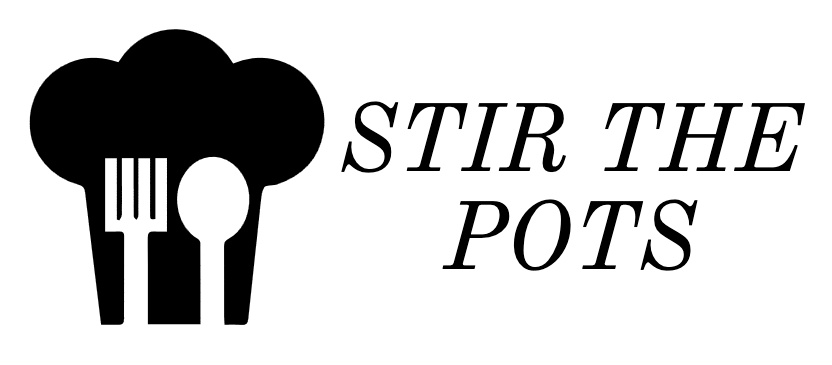


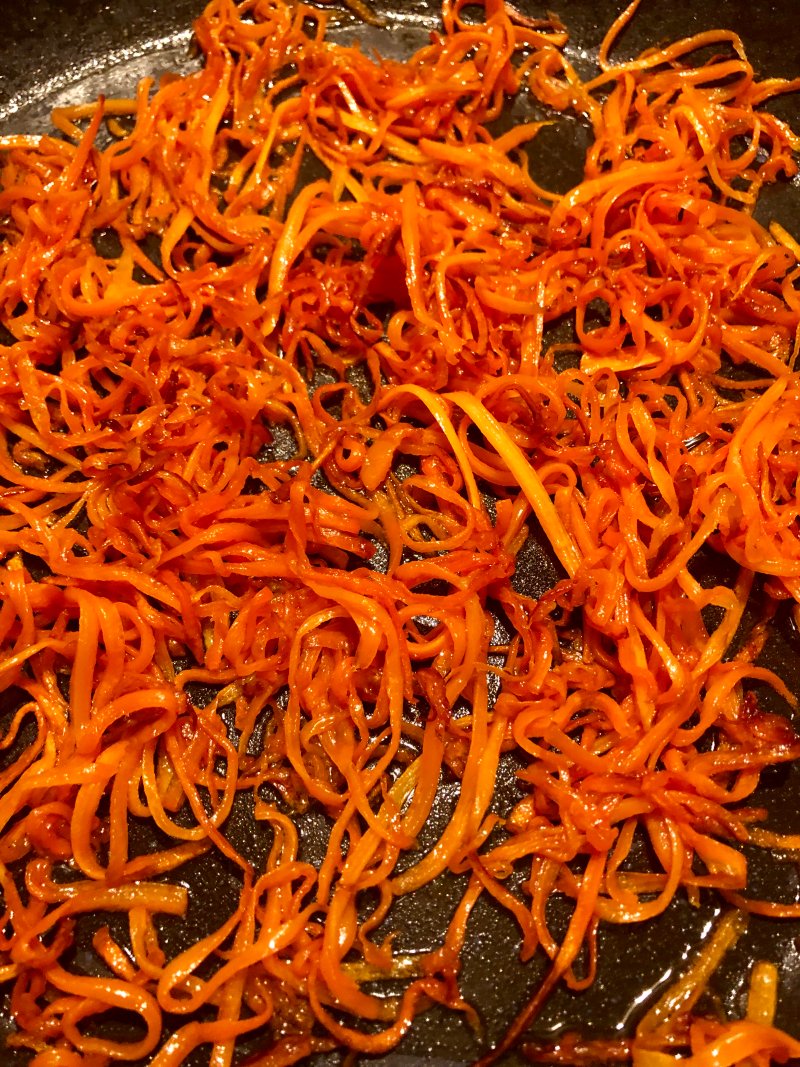
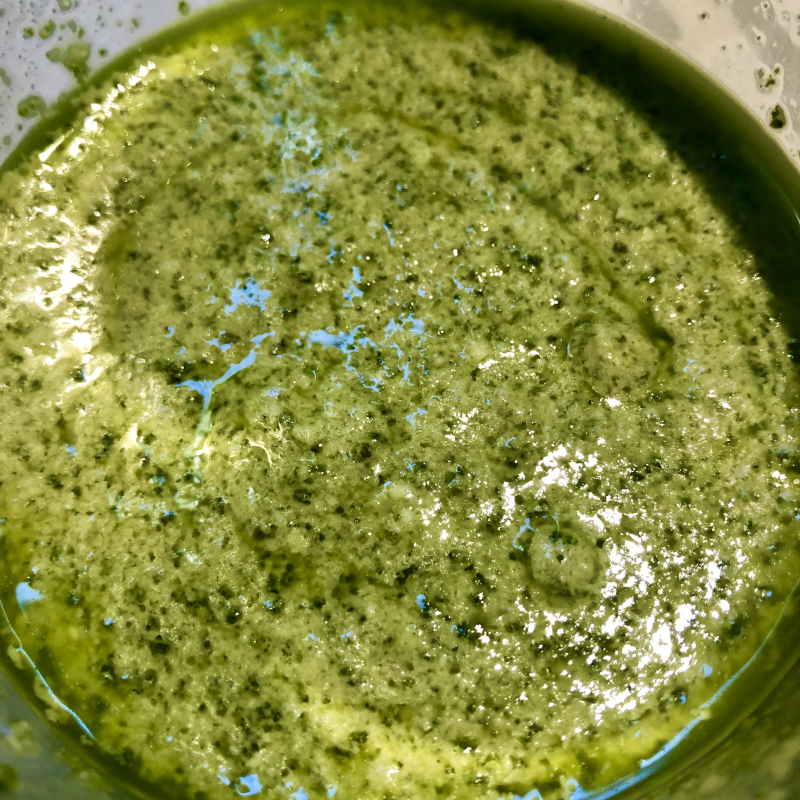
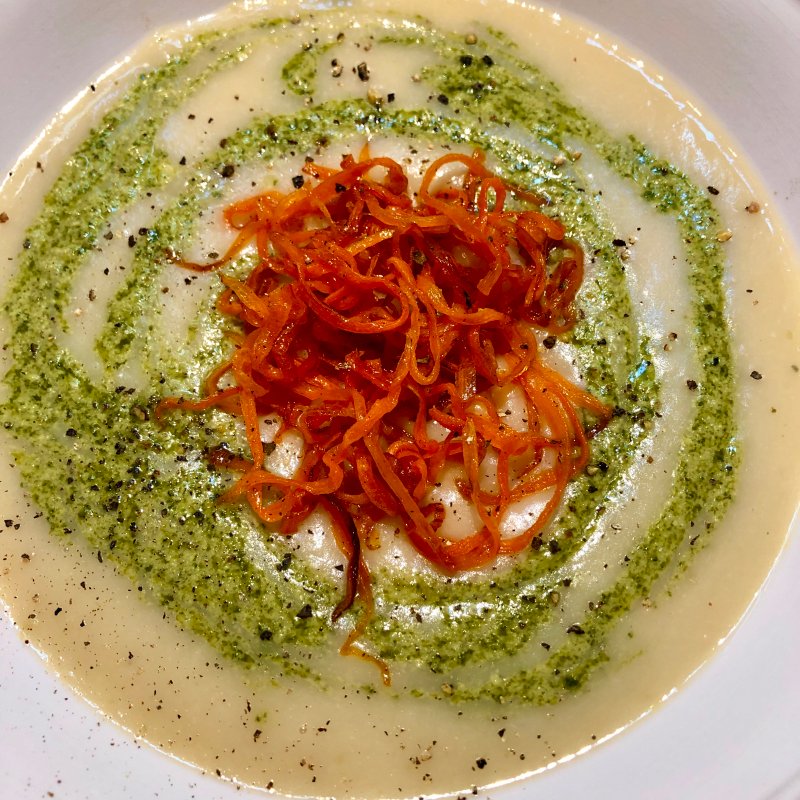


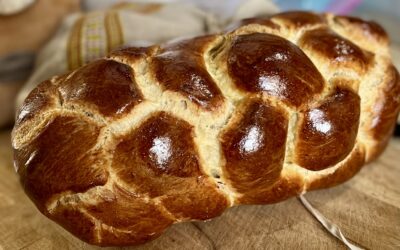

0 Comments